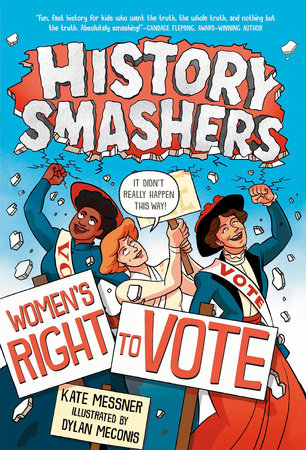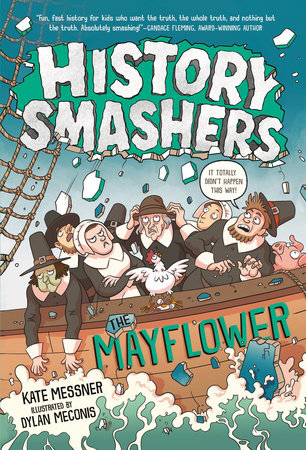 Are unicorns real? People through the ages have wondered about these shy, elusive creatures. Although sightings are rare, and captures even rarer, we can’t help being curious about these magical animals with their single horn and healing magic.
Are unicorns real? People through the ages have wondered about these shy, elusive creatures. Although sightings are rare, and captures even rarer, we can’t help being curious about these magical animals with their single horn and healing magic.
Writers have long been attracted to unicorns, and many have written about these wonderous beasts. Readers, too, love these one-horned magical animals. Unicorns alight from the pages of books to fly through our imaginations.
If you’d like to invent your own fantasy world inhabited by unicorns, dragons, fairies or other magical creatures, here are a few steps to follow:
1) Research – It’s important to know what’s already been written by other authors so you’re aware of what most people already believe.
 I asked Amie Borst, author of the Unicorn Tales series, to tell us a little about how she created her unicorn world:
I asked Amie Borst, author of the Unicorn Tales series, to tell us a little about how she created her unicorn world:
After a trip to Scotland in 2017, my childhood love for unicorns was rekindled. In the spring of 2018, I had set out to write a series of unicorn stories. By fall of 2018, I threw myself into the unicorn universe!
I knew the unicorns needed to have powers (water, air, earth, fire) but wanted to expand upon that even further. At the time, someone had suggested Greek mythology. That suggestion was like a lightbulb moment. Unicorns are the national animal of Scotland, so it seemed appropriate that the stories be somewhat linked to Celtic mythology.
So, I quickly ordered books and got to work, reading up on Celtic Gods and Goddesses. The research was fascinating and also overwhelming. But there was so much inspiration to be had.
Tons of research later, I developed the Isle of Avonlea, the world where my unicorns reside. A system of government was put in place. The islands four kingdoms (Wintersend, Springsmorn, Summerstart, and Autumnseve) each represent the seasons. They also have their own unique export. The unicorns all work in tandem to maintain the balance on the island while also discovering their magical talents and abilities.
The Isle of Avonlea is a huge universe with many other mythical creatures. Each unicorn on Avonlea has a familiar; a fairy who is a physical manifestation of that unicorn’s powers.
 Like Amie, as one of the authors for the Unicorns of the Secret Stable series, I started my journey by reading unicornhistory and lore. I’m jumping into a world already created by Whitney Sanderson, where two girls, Iris and Ruby, are Unicorn Guardians. Even though, the fantasy world for this series already exists, I read everything about unicorn history from ancient Greece, Rome, and China into the Middle Ages, when scribes jotted down tales of unicorn sightings and captures. Two books I found helpful were Behind the Legend: Unicorns by Erin Peabody and A Natural History: Dragons and Unicorns by Paul and Karin Johnsgard.
Like Amie, as one of the authors for the Unicorns of the Secret Stable series, I started my journey by reading unicornhistory and lore. I’m jumping into a world already created by Whitney Sanderson, where two girls, Iris and Ruby, are Unicorn Guardians. Even though, the fantasy world for this series already exists, I read everything about unicorn history from ancient Greece, Rome, and China into the Middle Ages, when scribes jotted down tales of unicorn sightings and captures. Two books I found helpful were Behind the Legend: Unicorns by Erin Peabody and A Natural History: Dragons and Unicorns by Paul and Karin Johnsgard.
 2) Set Up the Rules of the World – After you know what other writers have done, it’s time for you to get creative. You can use what you’ve learned to shape your world, or you can come up with a totally new and different reality.
2) Set Up the Rules of the World – After you know what other writers have done, it’s time for you to get creative. You can use what you’ve learned to shape your world, or you can come up with a totally new and different reality.
Once you’ve set down rules, you’ll need to keep them consistent. For example, in the Birch Tree Chronicles series I’m cowriting with Shelley Day Jewell, only people who believe in magic and have pure hearts can see fairies. If we suddenly change that rule partway through the story and let anyone, even the villain, see fairies, readers will be confused unless we find a way to explain why it happened.
3) Decide on a Time and Location – Along with rules, you’ll need to decide on a time (past, present, future) and location (real world, pretend world, another planet). If it’s set in the real world, you need a portal or passage to get to the fantasy world.
In the Unicorns of the Secret Stable series begun by Whitney Sanderson, only two humans know of the secret place where the unicorns dwell. The two young girls, Iris and Ruby, are Unicorn Guardians of the Enchanted Realm. They have jeweled keys to unlock the gate at Magic Moon Stables. To everyone else, the land behind the fence appears to be an empty pasture. But once the girls pass through the gates, they enter a world of wildflowers and unicorns and magical lands like the Diamond Desert, Fire Mountains, and Fairy Forest. For these books, that gate is the portal to the unicorn world.
4) Invent the Creatures – If you reinvent mythical creatures that readers already know about, you’ll need to make sure readers know how your characters are different.
Most readers think of unicorns as having one horn and healing magic. They’re often depicted as gentle, kind, and shy. If your unicorns have three horns and are mean and cruel, you’ll need to present them that way in the beginning of the story.
If you make up characters that have never been seen before, it’s important to paint a strong word picture so readers can visualize your creatures. Better still, have an artist create a drawing to include with the story.
5) Create a Map – Many fantasy books have maps. This not only helps the author to keep places and names and landforms straight while writing, but maps also help orient readers.
What is equally as fascinating is how authors create the fantasy worlds these creatures inhabit. Many fantasy books contain maps of the world the author has developed. It helps to orient readers and to remind authors of the obstacles their characters might face when traveling from one place to another.
Shelley Day Jewell, who is cowriting the Birch Tree Chronicles series with me, shared these tips with me:
Creating a fantasy world starts with an idea—just like a story—and then evolves. I research to find a seed, and then the world seems to create itself. I’d read that it’s common for fairy worlds to have four seasons at the same time. From that one seed, a new realm was born.
Shelley sketched a rough map that Birch, the eleven-year-old main character, might have drawn. The first map of is of the fairy world. The second is of Birch’s neighborhood.


You can make your map as simple or fancy as you’d like. Think about unusual shapes and landmarks that have meaning to your characters. In sharing about her map of the Isle of Avonlea, Amie Borst said:
Creating a map of the universe was one of the first steps before even writing the stories. Without a visualization of this world, it would have been difficult to develop the characters and their corresponding stories. So that’s when I started sketching on a sheet of paper, drawing a shamrock and dividing the island accordingly. I soon moved into a notebook and began character interviews and detailed each kingdom right down to the types of plants that grow there.
It’s been a blast writing this series and with thousands of copies sold, I think readers love it as much as I do!
I’m sure they do too, Amie! Thanks so much for sharing your secrets with us.
6) Plot Your Story – This is the most important part of making your fantasy world real. Give your characters strong desires, flaws, and goals. If readers can connect with your magical creatures, they’ll want to stay in your fantasy world until the end of the story.
Consider the Rule of Three. Often in fantasy stories, main characters need to try three times to reach their goal or escape from a villain. Each try should be harder than the last. At that point, the main character feels like giving up. There seems to be no way to succeed. But with one final burst of courage, the character makes that final try, and this time, reaches the goal.
Because this rule is used frequently in fantasy, readers come to expect it. You can keep to their expectations by using it or surprise them with something different. You’re the author so, you decide.
7) Let Your Imagination Go – The nice thing about fantasy is that you don’t need to stay in the realm of what’s possible. Let your mind wander to the impossible.
If you get stuck while writing, try asking yourself: What if? Don’t criticize any ideas as you brainstorm. This is a fantasy world, after all, so anything can happen. Just let your mind drift to any odd and unusual ideas. Jot them down as you go, and soon you’ll have many different bits and pieces that might end up being the perfect puzzle pieces for putting your world together.
And if you prefer to read stories others have created rather than creating your own world, you have plenty of unicorn stories to keep you happy, including some classics. Even if you can’t capture a unicorn for yourself, you can still capture their luck and magic in the pages of these books:
The Last Unicorn by Peter S. Beagle
The Last Battle by C.S. Lewis
The Unicorns of Balinor series by Mary Stanton
Here There Be Unicorns by Jane Yolen
Series and books for middle-grade readers abound. Here are just a few:
Unicorns 101 by Cale Atkinson
The Unicorn Rescue Society by Adam Gidwitz
Beasts of Olympus: The Unicorn Emergency by Lucy Coats
Unicorn Island by Donna Galanti
Unicorns of the Secret Stable by Whitney Sanderson
Unicorn and Yeti by Heather Ayris Burnell (for young readers)
Uni the Unicorn by Amy Krouse Rosenthal (for younger readers)
I want to thank these authors who shared their helpful tips:
 Amie Borst believes in unicorns, loves glitter, and keeps a stash of chocolate hidden away from her chocolate-stealing family. She is the multi award-winning author of several books for children including the Scarily Ever Laughter series (Cinderskella, Little Dead Riding Hood, Snow Fright), the Doomy Prepper series, and Unicorn Tales. She was a judge on Rate Your Story for several years, and a founding member of the group blog, From the Mixed-Up Files of Middle-Grade Authors, where she contributed for nearly a decade.
Amie Borst believes in unicorns, loves glitter, and keeps a stash of chocolate hidden away from her chocolate-stealing family. She is the multi award-winning author of several books for children including the Scarily Ever Laughter series (Cinderskella, Little Dead Riding Hood, Snow Fright), the Doomy Prepper series, and Unicorn Tales. She was a judge on Rate Your Story for several years, and a founding member of the group blog, From the Mixed-Up Files of Middle-Grade Authors, where she contributed for nearly a decade.
Website: www.amieborst.com
Blog: www.amieborst.blogspot.com
Twitter: www.twitter.com/amieborst
Facebook: www.facebook.com/amieborstauthor
Pinterest: www.pinterest.com/amieborst
Instagram: www.instagram.com/amieborst
 Shelley Day Jewell has been a writer in her head since grade school, but didn’t start the real thing until ten years ago. She’s had short stories published in Boys’ Quest, Hopscotch, and The School Magazine. She’s been an honorable mention in the Women On Writing flash fiction contest three times and a third place winner once.
Shelley Day Jewell has been a writer in her head since grade school, but didn’t start the real thing until ten years ago. She’s had short stories published in Boys’ Quest, Hopscotch, and The School Magazine. She’s been an honorable mention in the Women On Writing flash fiction contest three times and a third place winner once.
She grew up in New England surrounded by mountains, meadows, and forests, which is where many of her stories take place. She resides in the mountains of Northern New Hampshire with her family and a plethora of pets.
When not at her day job, Shelley is currently working on an MG adventure series, a YA mystery, and YA fantasy, traipsing through the woods, climbing mountains, or enjoying the spectacular sunsets will drinking coffee, reading, or knitting. You can connect with Shelley at her blog.










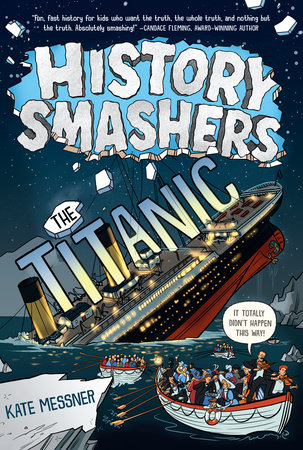
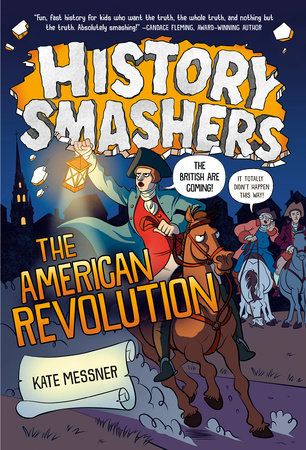
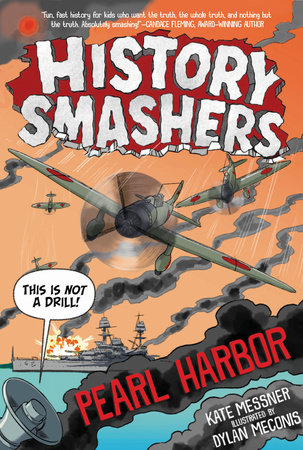 .
. 